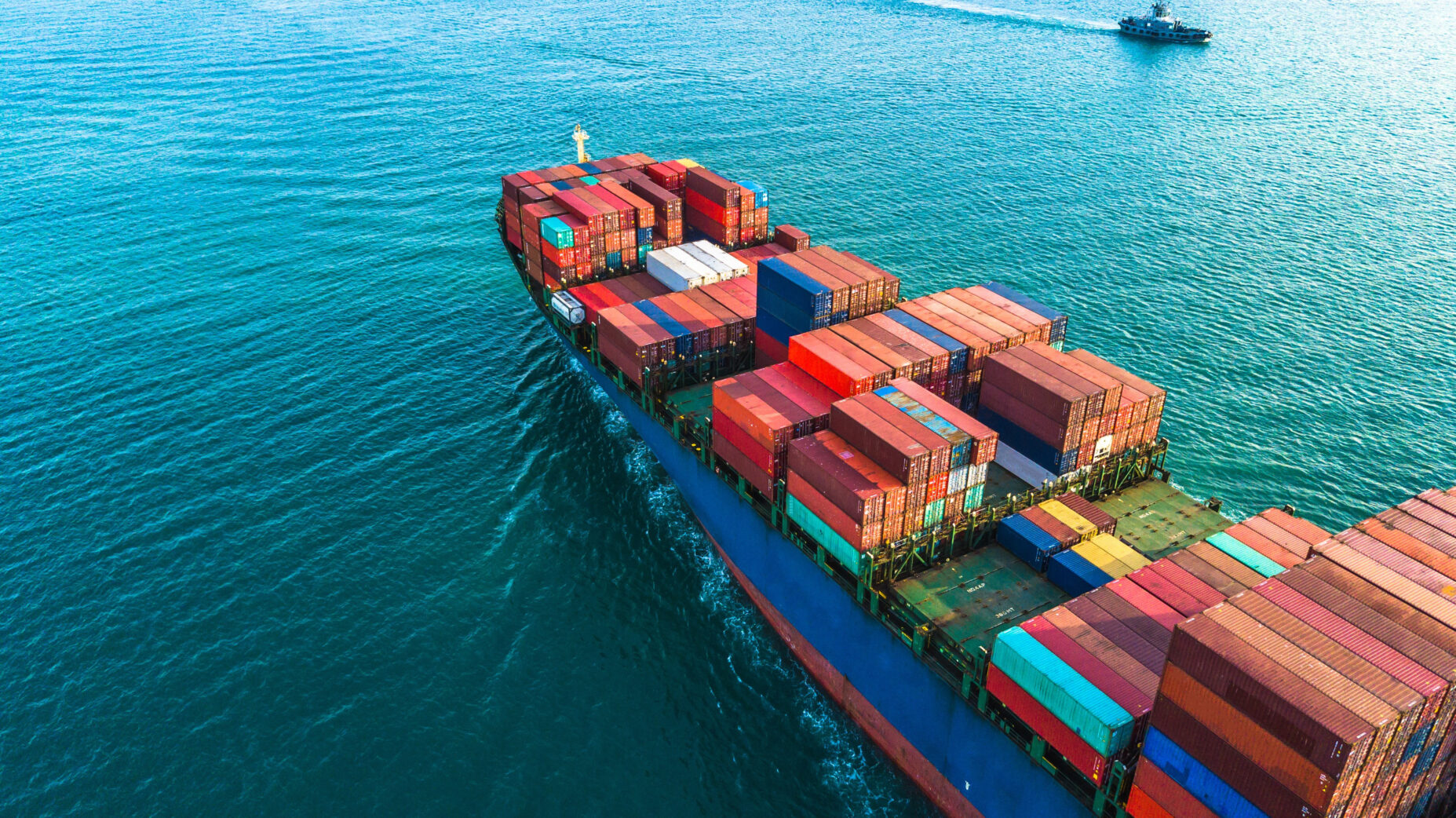One month ahead of the introduction of the EU Emissions Trading System (EU ETS) shippers are finding ways to monitor their Scope 3 emissions and calculate which carrier will offer the best emissions and the least carbon costs.
Shippers are the major clients of VesselBot (VB), a tech company that has been around since 2015 and was initially offering digital solutions to the maritime chartering sector, but over the last two years has developed a digital system for measuring vessel emissions.
This could be critical at a time when carbon charging is being introduced and the costs on a per TEU basis can vary from close to €500/reefer/feu on the Europe to South America trades to as little as €10 for dry boxes on intra-European services.
Based in Athens, VB CEO and founder Constantine Komodromos told Container News, “We have a system where a shipper that has a shipment can match the port pair they are interested in and the dates they are shipping and ask us to give them the carriers that deal with that specific trade lane.”
According to Komodromos, once the route is established the VB system can calculate the total emissions, door-to-door, including the inland and port operations to move that container.
“They [shippers] will be able to compare the carriers based on the ETA and the actual emissions as well as the surcharge that each of the carriers has published, that they will charge the shippers.”
Given the introduction of the EU ETS is imminent, this tool can be very useful for shippers and operators alike where the EU ETS charges are concerned, but shippers outside of Europe can also gain emissions information using VB on specific tradelanes.
Information of this type is dependent for its usefulness on its accuracy, making the data source critical to its success.
According to Komodromos, VB has collated data on every container vessel, between 5,500 and 6,000 ships, and created a digital twin, specifying each vessel’s characteristics, size, main engine type, auxiliary engines, and marries this data with port pairs to deliver specific fuel consumption and emissions using AIS and weather data.
Some of this data has been bought, other elements have been sourced through technical sites and some through direct contact with owners.
VB said it had already benchmarked vessel fuel consumption using the data that it has collated, which it says has a margin of error well within 10%.
Komodromos believes that is sufficiently accurate to allow shippers to benchmark their own Scope 3 emissions with the average consumption and emissions on particular trades.
“After getting your reports as a shipper, what you can do is identify those trading areas that you are underperforming in with regards to the market average for that trade lane,” explained Komodromos, “once you identify a hotspot you can drill down into that trade lane and identify which carriers you’re using and how each carrier performs on that trade, based on the market average,” he added.
In identifying the cleanest operator on a particular trade, Komodromos cautions that there are other considerations that may make one operator appear to be less efficient than others. He points out that if you select port pairs such as Shanghai to Rotterdam, one service may have very different emissions data from another.
This could be explained by the fact that the apparently less efficient service makes more port calls than the seemingly more efficient service.
Mary Ann Evans
Correspondent at Large







